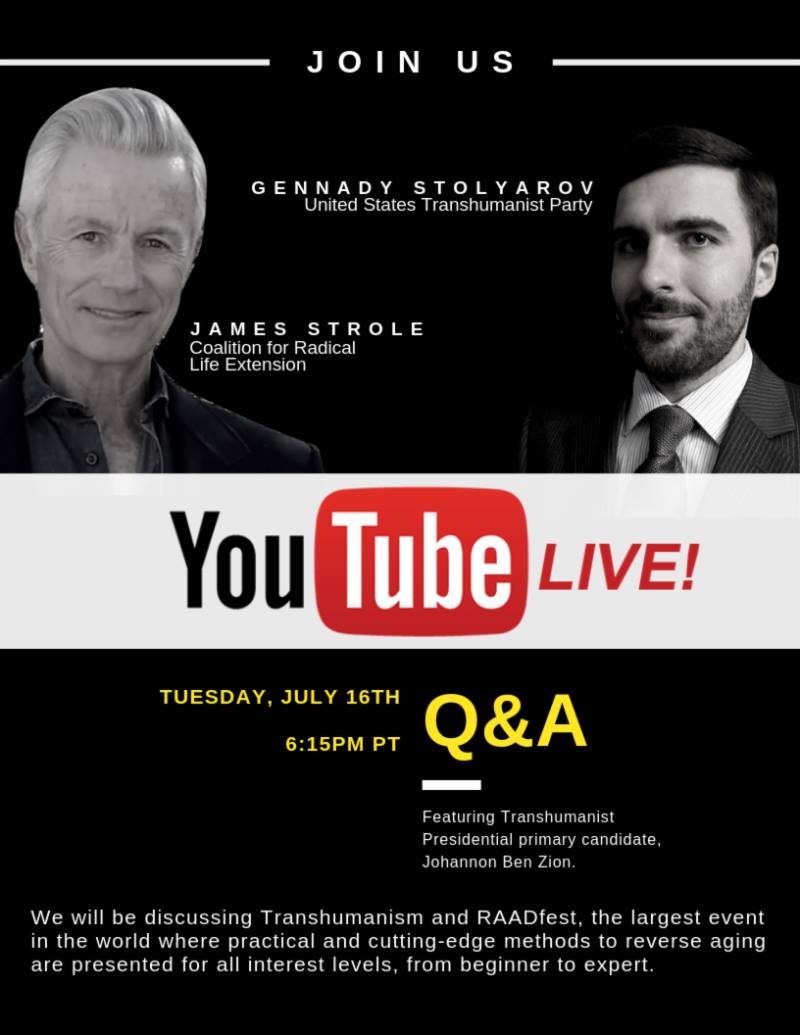Today’s Schools Are Yesterday’s Streetcars: How Technology Will Transform Education – Article by Kerry McDonald
Kerry McDonald
September 2, 2019
************************
We can predict the future of education by glimpsing the past of transportation. Fueled by technological innovation, namely electricity, streetcars gradually replaced the horse-and-buggy in the late 19th and early 20th centuries, followed by mass-produced automobiles that ultimately toppled the streetcar.
Throughout the 20th century, cars became safer, faster, cleaner, and cheaper and allowed individuals unprecedented mobility and autonomy. Then, in the 21st century, car-sharing applications showed how technology could once again disrupt the transportation industry, expanding rider options and challenging entrenched systems of control.
Personalized Learning
Education transformation will take a similar path. Fueled by technological innovation, schools are now in the middle of their streetcar moment. Chalkboards are still ubiquitous, but computers are increasingly being used not only to supplement learning but also to administer it. Personalized learning, as this technology-enabled classroom education is called, is all the rage.
In public schools like those using Summit Learning, a personalized, online learning approach developed by Facebook engineers and funded by Facebook founder, Mark Zuckerberg, the computer becomes the teacher, executing a largely self-paced curriculum and offering more flexibility and autonomy for students. True education transformation will come when learners realize that they don’t need an intermediary at all.
The platform has sparked controversy, as some parents and educators resist change. Like the streetcar and transportation, personalized learning in schools is altering and modernizing the educational landscape. But it is just a launchpad.True education transformation will come when learners realize that they don’t need an intermediary at all. Personalized learning in conventional schools will shift to self-directed education or unschooling, driven by the learner herself using the resource-rich networks of both real and digital communities. As Ivan Illich wrote in Deschooling Society:
The current search for new educational funnels must be reversed into the search for their institutional inverse: educational webs which heighten opportunity for each one to transform each moment of his living into one of learning, sharing, and caring.
Illich wrote those words in 1970 before the technological webs now at our fingertips were ever imagined. The funnel model of education, even when augmented by technology, is simply passé. Conflating learning with schooling, mired in coercion and a controlled curriculum, is an outdated idea. Schooling is something that others do to you; learning is something you do for yourself.
A New Perspective on Learning Itself
We already see how this works in our own adult lives. Just as the first automobiles began to disrupt old notions of transportation, recent technological innovations are recalibrating the way we learn. Whether it’s using YouTube to fix a toilet, Duolingo to learn a language, Audible to listen to books, or FaceTime to have lessons with your guitar instructor, technological platforms and applications are quickly helping us to shed our schooled vision of learning. Increasingly, we see that we can self-educate by following our own curiosities and pursuing our own personal and professional goals.
We can choose our own teachers and select the learning tools that work best for us. In his book, Illich wrote,
School prepares for the institutionalization of life by teaching the need to be taught.
Technology frees us from this institutional paradigm of education and lets us teach ourselves.
It can do the same for our children. As our own relationship to learning shifts in response to new technologies that make information and knowledge more accessible, we may begin to question the worn-out ways our children learn. As we realize the value and reward of self-education in our own lives, we’ll want to give this gift to our children.
Minimally Invasive Education
In his academic papers and award-winning 2013 TED Talk, Newcastle University professor Sugata Mitra explains how children teach themselves without institutional schooling. His “hole in the wall” studies have been widely cited, showing how children from the poorest slums of India to elsewhere around the world are able to learn to read, to teach themselves English, and to understand advanced scientific content (like DNA replication) simply by having access to an Internet-enabled public computer.
Mitra calls this approach “minimally invasive education” and concludes in his talk:
If you allow the educational process to self-organize, then learning emerges. It’s not about making learning happen. It’s about letting it happen.
Thanks to technology, we adults now see this learning emerge all the time in our own lives. It can be the same for our children.
We will realize that we can be educated without being schooled.
In the 21st century, the transportation industry was jolted again by technological innovation. Uber, Lyft, and other car-sharing companies challenged longstanding local monopolies, granting riders more choice and flexibility with better service and lower costs. Next, autonomous vehicles may be the new wave of disruptive innovation in transportation. Meanwhile, in education, technology will continue to expand access to resources, information, knowledge, and skills that make self-education outside of schooling not only possible but preferable.
Like the streetcar and horse-and-buggy, institutional schooling will become a cultural relic, a quaint reminder of yesteryear. We will realize that non-coercive, technology-enabled, self-directed education in collaboration with others results in better, more meaningful, more enduring learning than its institutional predecessors can offer. We will realize that we can be educated without being schooled. Indeed, the future is here.












